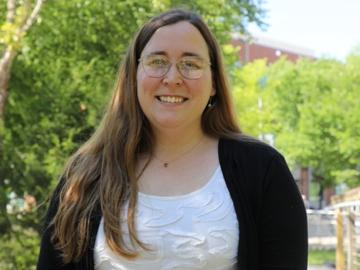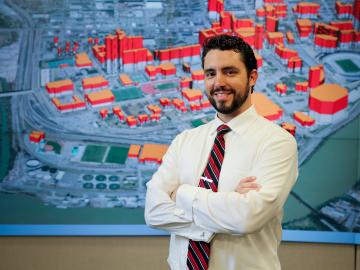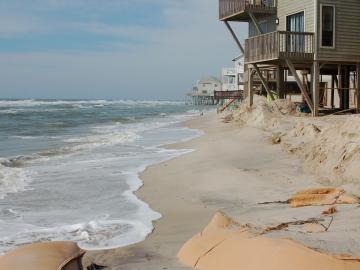
Filter News
Area of Research
News Topics
- (-) Advanced Reactors (3)
- (-) Bioenergy (10)
- (-) Energy Storage (6)
- (-) Frontier (20)
- (-) Physics (8)
- (-) Simulation (16)
- 3-D Printing/Advanced Manufacturing (21)
- Artificial Intelligence (30)
- Big Data (19)
- Biology (14)
- Biomedical (11)
- Biotechnology (6)
- Buildings (17)
- Chemical Sciences (15)
- Clean Water (1)
- Composites (6)
- Computer Science (30)
- Critical Materials (4)
- Education (2)
- Emergency (2)
- Environment (20)
- Exascale Computing (24)
- Fossil Energy (3)
- Fusion (8)
- Grid (11)
- High-Performance Computing (34)
- Hydropower (1)
- Isotopes (12)
- ITER (1)
- Machine Learning (15)
- Materials (15)
- Materials Science (18)
- Mathematics (4)
- Microelectronics (1)
- Microscopy (3)
- Nanotechnology (1)
- National Security (29)
- Neutron Science (16)
- Nuclear Energy (11)
- Partnerships (24)
- Polymers (1)
- Quantum Computing (16)
- Quantum Science (20)
- Security (6)
- Space Exploration (3)
- Statistics (2)
- Summit (12)
- Transportation (4)
Media Contacts

Prasanna Balprakash, director of AI programs for ORNL, discussed advancing climate and weather research through high performance computing and artificial intelligence as part of a September 18 panel for the United States Senate.

A new Global Biomass Resource Assessment developed by ORNL scientists gathered data from 55 countries resulting in a first-of-its kind compilation of current and future sustainable biomass supply estimates around the world.

Karly Harrod, recipient of the Early Career Competition Laboratory Directed Research and Development award at ORNL, is focused on extracting disease data from reports. Passionate about global health, she looks forward to applying her expertise to climate data within the geospatial science and human security division.

The Oak Ridge Leadership Computing Facility welcomed users to an interactive meeting at the Department of Energy’s Oak Ridge National Laboratory from Sept. 10–11 for an opportunity to share achievements from the OLCF’s user programs and highlight requirements for the future.

Nuclear physicists at the Department of Energy’s Oak Ridge National Laboratory recently used Frontier, the world’s most powerful supercomputer, to calculate the magnetic properties of calcium-48’s atomic nucleus.

ORNL’s Joshua New was named the 2024 Researcher of the Year by R&D World magazine as part of its R&D 100 Professional Award winners.

Debjani Singh, a senior scientist at ORNL, leads the HydroSource project, which enhances hydropower research by making water data more accessible and useful. With a background in water resources, data science, and earth science, Singh applies innovative tools like AI to advance research. Her career, shaped by her early exposure to science in India, focuses on bridging research with practical applications.

A study found that beaches with manmade fortifications recover more slowly from hurricanes than natural beaches, losing more sand and vegetation. The researchers used satellite images and light detection and ranging data, or LIDAR, to measure elevation changes and vegetation coverage. Changes in elevation showed how much sand was depleted during the storm and how much sand returned throughout the following year.

At ORNL, a group of scientists used neutron scattering techniques to investigate a relatively new functional material called a Weyl semimetal. These Weyl fermions move very quickly in a material and can carry electrical charge at room temperature. Scientists think that Weyl semimetals, if used in future electronics, could allow electricity to flow more efficiently and enable more energy-efficient computers and other electronic devices.

Scientists have determined that a rare element found in some of the oldest solids in the solar system, such as meteorites, and previously thought to have been forged in supernova explosions, actually predate such cosmic events, challenging long-held theories about its origin.


